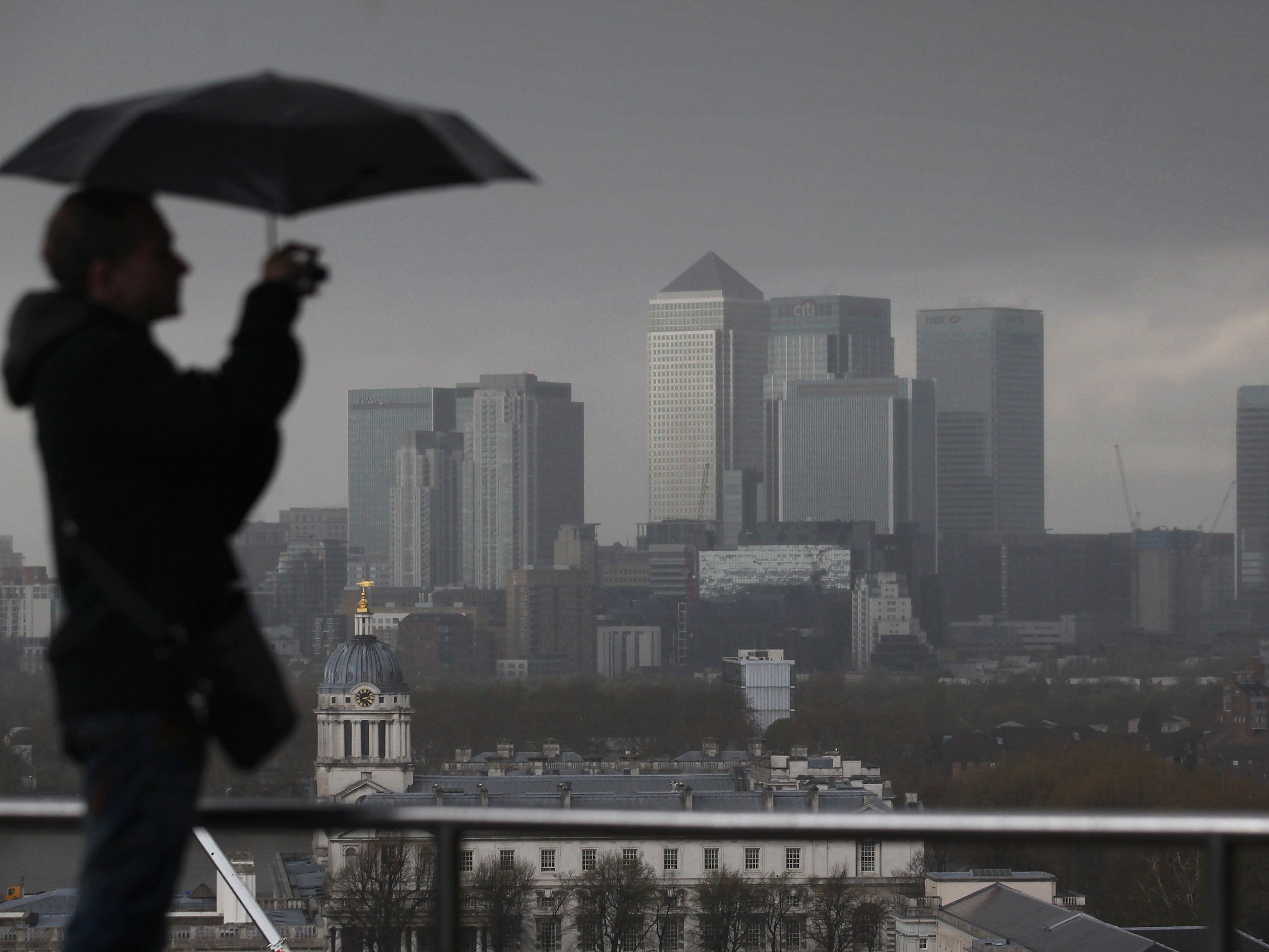Are negative interest rates for the UK edging closer?
The Bank of England clearly wants to emphasise that negative rates are in its monetary policy tool kit, says Ben Chu. But what circumstances would force the central bank to actually use them?


The UK pound took a pronounced dip against the US dollar in the wake of the latest interest rate decision by the Bank of England on Thursday.
In one sense this was puzzling because the Bank, as expected, kept rates and its money printing programme on hold and signalled no change in its economic outlook relative to its meeting last month.
In some respects, such as the picture it painted of the recovery of household spending in the wake of the Covid crash, it was arguably slightly better.
On the face of it that does not look like an obvious reason for financial traders to sell sterling.
The most likely explanation for the market reaction was the line in the minutes of the Monetary Policy Committee’s meeting that said the rate setters had discussed “the effectiveness of negative policy rates”.
This is one further indication that negative rates, for many years rejected by the Bank, are moving, slowly but steadily, into becoming a reality.
Throughout the governorships of Mervyn King and Mark Carney the Bank held to the view that pushing the main policy rate into negative territory – something that other central banks around the world have done over the past decade – would likely not be very effective in stimulating the UK economy.
The essential argument of the Bank was that negative interest rates would squeeze the profitability of UK banks and thus result in less credit being extended to households and firms than otherwise, so offsetting any benefit from cheaper headline borrowing costs.
But something seems to have changed when Andrew Bailey became governor in March.
As the UK economy plunged during the lockdown the Bank cut interest rates to a new record low of 0.1 per cent and Mr Bailey said negative rates were now under “active review” at Threadneedle Street. Financial markets began pricing in a cut into negative territory over the coming months.
The Bank’s Monetary Policy Report in August laid out a discussion of negative rates – weighing up the pros and cons – that ran to several pages. The analysis did not come down on one side or the other.
But some argue that the UK banking system, fragile for so long in the wake of the 2008-09 crash, is now in a decent state, meaning negative rates might not prove counterproductive.
And the very existence of the Bank’s analysis is also significant.
One of the key objectives of any independent central bank is, usually, to guide the expectations of financial markets. The Bank clearly wants to signal to markets that negative rates are a possibility, though not a certainty. This raises the question of what might prompt the Bank to “go negative”.
The Bank’s forecasts, as the MPC minutes reiterated on Thursday, are based on the assumption the UK government concludes a free trade deal with the European Union by the end of 2020.
A no-deal Brexit would have negative implications for the UK economy, potentially very serious ones. Many analysts think that those are circumstances (a no-deal shock, following the Covid collapse, while policy rates are still almost zero) in which the Bank would slash rates into negative territory for the first time.
If the UK does avoid a no-deal Brexit, some think that negative rates are still a serious possibility next year.
At the Bank’s quarterly press conference in August Mr Bailey noted that the experience of negative interest rates in other countries suggests they can sometimes be more powerful in recovering economies, rather than ones in recession.
It’s possible to imagine a scenario, and many analysts do, where the UK economy rapidly bounces bank from the historic slump this year yet fails to return to its pre-crisis growth path and unemployment remains elevated. This would be a recovery, but a disappointing one.
Some think that it’s in those circumstances – a moderately growing economy with many unused resources – that the Bank would also choose to push rates into negative territory in order to stimulate spending.
Negative interest rates tend to conjure thoughts of ordinary people being charged to save in banks and paid to borrow from them. In fact, the evidence from other countries is that such bizarre effects don’t happen. Borrowing gets cheaper, but ordinary people don’t receive cash credits. And depositors, though they receive no interest, don’t see money actually subtracted from their account. The policy functions mainly by changing the financial incentives of the banking sector and raising asset prices.
However, another lesson from the experience of other countries which have adopted negative rates is that the macroeconomic impact does not tend to be revolutionary. They seem to suffer from the drawback of many other monetary policy tools in that the expectations of what they can achieve outstrip the reality.
That’s why so many central bankers – even while they explore new tools for stimulus – are urging governments not to rely on them alone to drive recovery but to commit to use government fiscal spending and taxation policy to do the heaviest lifting.

Join our commenting forum
Join thought-provoking conversations, follow other Independent readers and see their replies
Comments